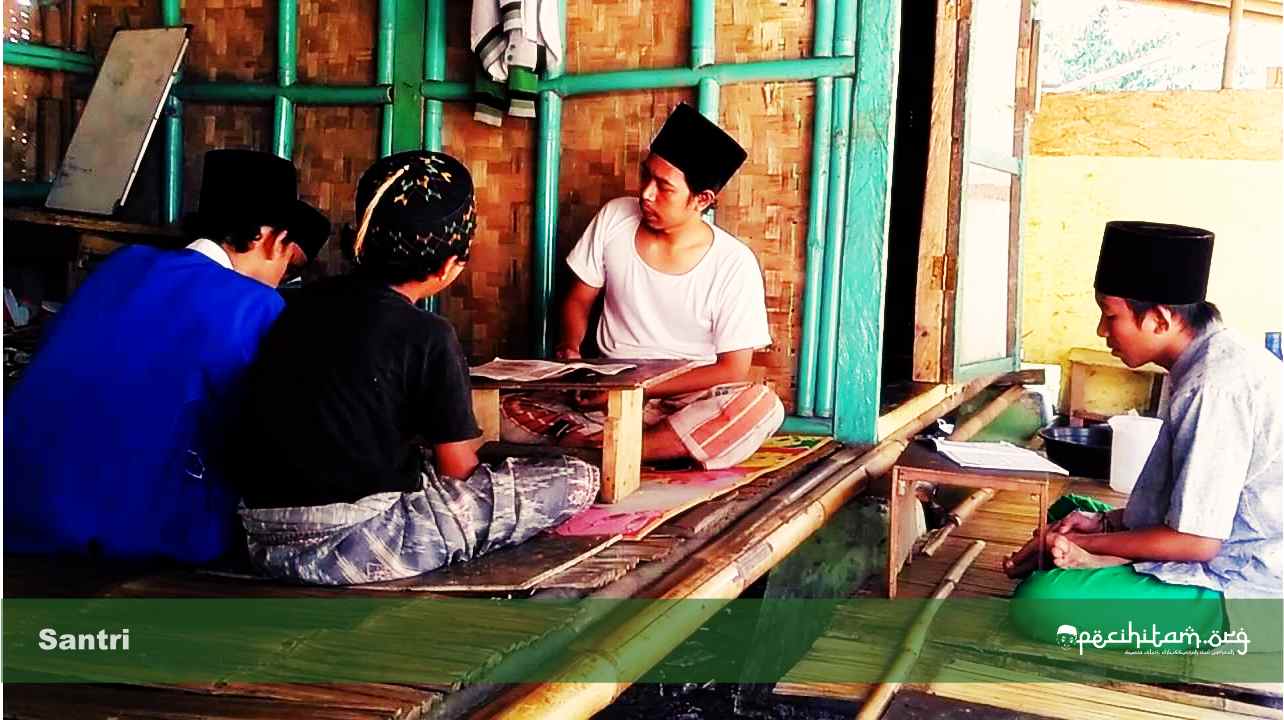Pesantren play a pivotal role in shaping the character and competencies of the young Muslim generation in Indonesia. These institutions not only impart religious knowledge but also cover general subjects like languages, mathematics, sciences, social studies, and more. Additionally, they excel in fostering a culture steeped in religious values such as discipline, responsibility, teamwork, tolerance, and social concern. However, despite these strengths, pesantren encounter various challenges in enhancing the quality of their education.
One frequently discussed issue is that pesantren are often considered as secondary education, less sought after and valued by society. Non-modern or traditional pesantren, employing the ‘pondok’ system and following a more orthodox approach, remain culturally esteemed but exhibit competency gaps compared to mainstream schools.

This competency gap is visible in curriculum aspects, infrastructure, human resources, and educational outcomes. Non-modern pesantren are often seen as outdated, rigid, and out of touch with the demands of the times. However, they also possess untapped potential and strengths that can be developed and utilized to elevate the overall educational quality within pesantren.
This article aims to address the competency gap between non-modern pesantren and prominent schools, proposing ideas to bridge this divide. These ideas encompass: (1) revamping the curriculum to align with students’ needs and interests; (2) enhancing educational infrastructure to support the teaching-learning process; (3) cultivating professional and competent human resources; and (4) conducting periodic evaluations and improvements in learning outcomes. Consequently, the goal is for non-modern pesantren to elevate their educational quality and become competitive and outstanding educational institutions.
Firstly, to address the competency gap, it is imperative to revamp the curriculum according to the needs and interests of the students. A good curriculum should consider cognitive, affective, and psychomotor aspects of students, while staying relevant to advancements in science, technology, and the arts.








